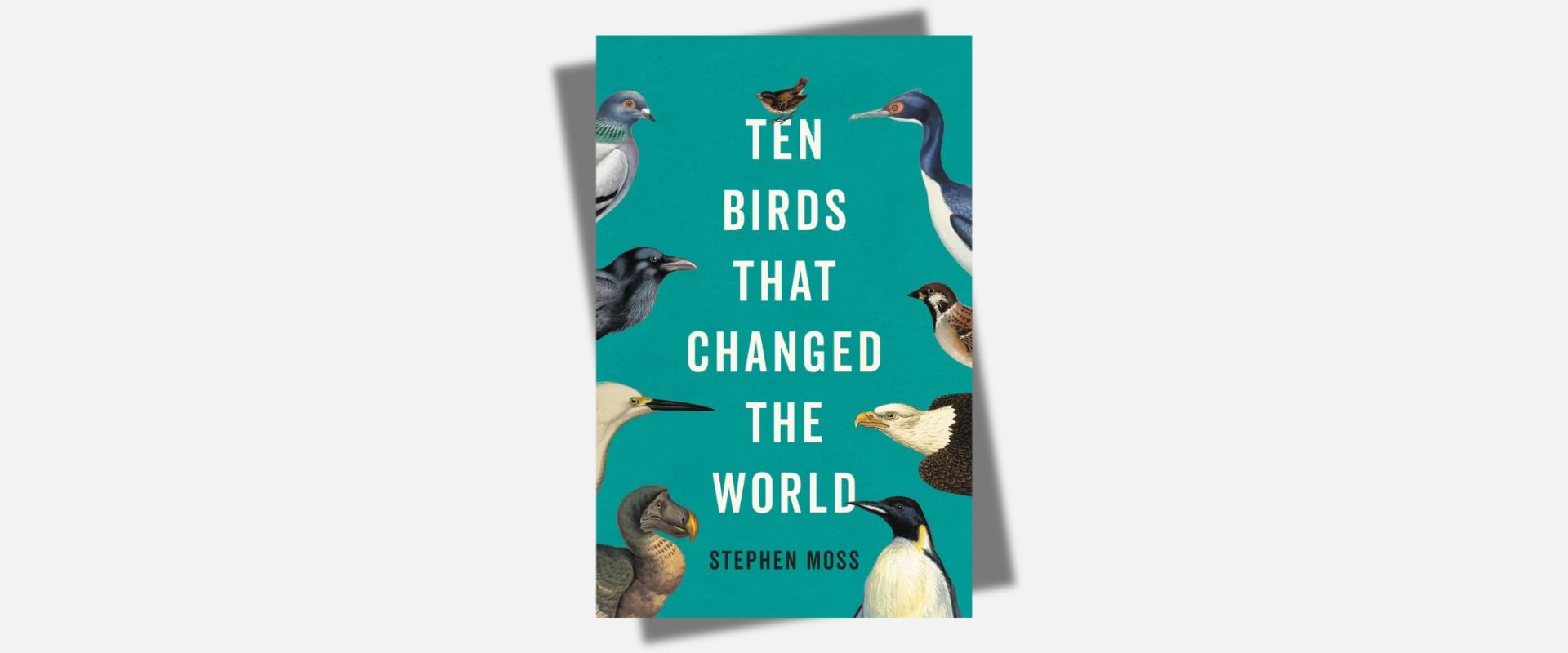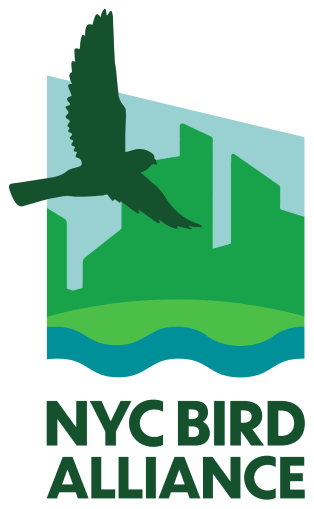Review: Ten Birds that Changed the World
category: GENERALURBAN BIRD CALL

10 Birds That Changed the World by Stephen Moss. (Basic Books, 2023)
Ten Birds that Changed the World
This review appears in the summer 2024 issue of The Urban Audubon.
Carol Peace Robins | June 21, 2024
British naturalist Stephen Moss’s Ten Birds that Changed the World doesn’t assert that the birds themselves actually changed the world. Rather, it depicts how human interaction with them changed the course of history—often to the pronounced detriment of the birds.
Of the many birds covered, the Pigeon stands out for an innate skill: a talent for finding its way home. Says Moss, “This humble bird has helped win battles, and even change the course of two world wars” by carrying messages—unaffected by enemy interception or power failures—with critical information to troops, ultimately saving vast numbers of lives.
One such pigeon was named Cher Ami by a U.S. Army battalion during WWI. When they were suffering many casualties from their own artillery, and despite being shot and severely injured, Cher Ami was able to carry a message stating the battalion’s location to U.S. forces as an undetectable messenger service.
In 1958 Mao Zedong’s Republic of China launched the “Great Sparrow Campaign” to wage war on the European Tree Sparrow. Vast numbers of these small birds were killed for eating grain crops (800,000 in one day in Beijing), which led to millions of people dying of famine. When it became clear that these sparrows also had a beneficial role—eating the insects that also ate and destroyed grains—the slaughter was stopped, but not before the famine claimed millions more lives.
The raven made its mark more subtly. Recognized for centuries for its human qualities of intelligence, independence, problem solving, adaptability, and craftiness, it was a central player in the mythology of cultures ancient and modern, from ancient Greece to the Bible to Game of Thrones.
Then there’s the Guanay Cormorant, which Moss calls “the most valuable wild bird in human history.” Why? Because the bird’s droppings or guano were rich in nutrients with “magical” fertilizing powers. Tons of guano were collected and exported from Peru by Chinese workers (who were enduring a cruel slave labor) and “ultimately altered the landscape of North America and Europe forever.” As for these seabirds themselves, their numbers plummeted due to the inevitable destruction of their breeding grounds by the workers.
Moss does make some sweeping statements. Regarding the Pilgrims: “Had it not been for the turkey, the course of the world’s history might have been very different.” And there is sometimes a lack of clarity, as in the chapter “Darwin’s Finches,” where he points out it was not Darwin, but scientists who came later who recognized “a classic example of evolution in action.” Darwin’s role is hazy.
Throughout, Moss raises concerns about the warming climate. He cites the Antarctic’s Emperor Penguin that is gradually losing its breeding grounds to melting ice—clearly a contemporary result of disastrous human interaction with the planet and its creatures.
And finally, Moss explores the history of the Snowy Egret—a tale close to our organization’s history as well as the larger world’s. From 1870 to 1920, millions of these graceful white herons were slaughtered for their gorgeous feathers that humans thought looked far better in women’s bonnets. Eventually, outrage over these deaths led to a universal outcry for avian protection. The National Audubon Society and the Royal Society for the Protection of Birds were a direct and world-changing result.
Support independent bookstores; buy Ten Birds That Changed the World and other feathered finds here.
Want more book recommendations? Subscribe to our monthly eGret eNewsletter!


